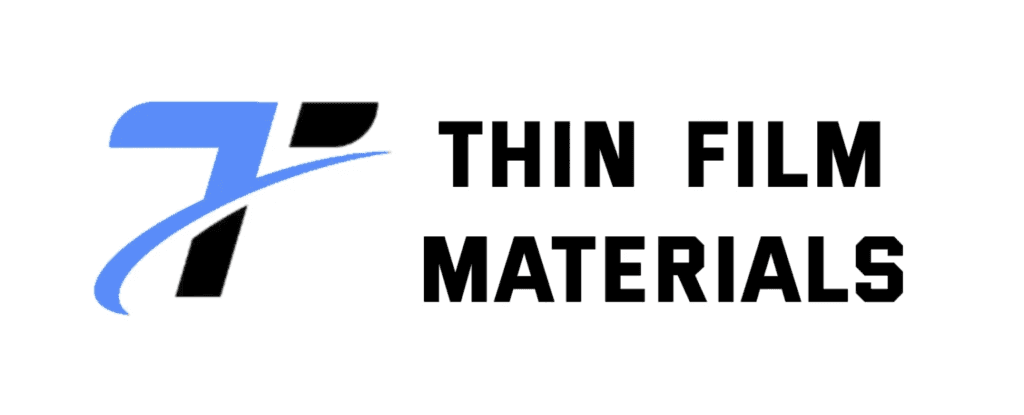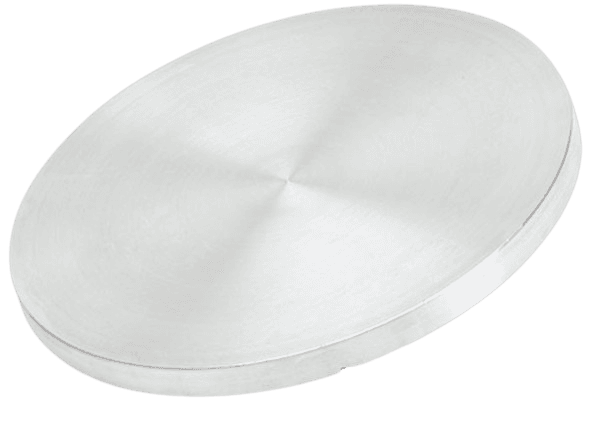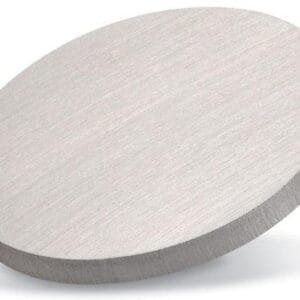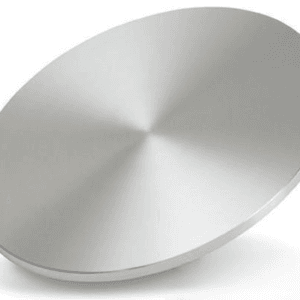Zirconium Yttrium Sputtering Target Description
Explore the Exceptional Properties of Zirconium Yttrium Sputtering Targets and uncover their transformative applications across diverse industries. This page highlights the unique attributes of integrating Zirconium and Yttrium in thin film deposition processes, revealing a path to innovation.
Zirconium: Robust and Resilient
Yttrium: Elegance in Element
Related Products: Zirconium Sputtering Target, Yttrium Sputtering Target.
Zirconium Yttrium Sputtering Target Specifications
| Specification | Details |
|---|---|
| Material Type | Zirconium Yttrium |
| Symbol | Zr/Y |
| Color/Appearance | Solid |
| Available Sizes | Dia.: 2.0″, 3.0″, 4.0″, 5.0″, 6.0″ <br> Thick: 0.125″, 0.250″ <br> Custom shapes and sizes available on inquiry. |
| Packing | Targets are tagged and labeled externally for identification and quality control. Careful handling during storage and transportation. |
Zirconium Yttrium Sputtering Target Applications
Elevated Thin Film Deposition: Zirconium Yttrium sputtering targets are essential for advanced thin film creation, ensuring precision and quality.
Synergy of Elements: The blend of Zirconium and Yttrium enhances material strength and versatility, opening new possibilities.
Driving Progress: This combination fuels innovation across industries, from semiconductors to optics.





Reviews
There are no reviews yet.